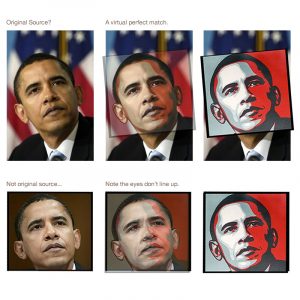For the last few days I’ve been stewing about one of the article in the recent Wikipedia-edition of the epistemology journal Episteme. (See the Wikipedia Signpost for summaries of the articles.) I don’t find any of them particularly enlightening, but one just rubs me wrong: K. Brad Wray’s “The Epistemic Cultures of Science and Wikipedia: A Comparison“, which argues that where science has norms that allow reliable knowledge to be produced, Wikipedia has very different norms that mean Wikipedia can’t produce reliable knowledge.
I guess it’s really just another proof of the zeroeth law of Wikipedia: “The problem with Wikipedia is that it only works in practice. In theory, it can never work.”
Part of my problem might be that last year I blogged a comparison between Wikipedia’s epistemological methods and those of the scientific community, but came to the opposite conclusion, that in broad strokes they are actually very similar. But more than that, I think Wray’s analysis badly misrepresents both the way science works and the way Wikipedia works.
A central piece of Wray’s argument is scientists depend on their reputations as producers of reliable knowledge for their livelihoods and careers, and so their self-interest aligns with the broader institutional interests of science. This is in contrast to Wikipedia, where mistakes have little or no consequences for their authors and where a “puckish culture”, prone to jokes and vandalism, prevails. Wray writes that “In science there is no room for jokes” such as the Seigenthaler incident.
The idea that scientists are above putting jokes and pranks into their published work is belied by historical and social studies of science and by many scientific memoirs as well. James D. Watson’s Genes, Girls, and Gamow is the first thing that comes to mind, but there are many examples I could use to make that point. And science worked much the same way, epistemologically, long before it was a paid profession and scientists’ livelihoods depended on their scientific reputations. (I don’t want to over-generalize here, but some of the main features of the social epistemology of science go back to the 17th century, at least. See Steve Shapin’s work, which is pretty much all focused, at least tangentially, on exploring the roots and development the social epistemology of science.)
Likewise, the idea that Wikipedia’s norms and community practices can’t be effective without more serious consequences for mistakes seems to me a wrong-headed way of looking at things. On Wikipedia, as in science, there are people who violoate community norms, and certainly personal consequences for such violations are less on Wikipedia than for working scientists. But for the most part, propagating and enforcing community norms is a social process that works even in the absence of dire consequences. And of course, just as in science, those who consistently violate Wikipedia’s norms are excluded from the community, and their shoddy work expunged.
For a more perceptive academic exploration of why Wikipedia does work, see Ryan McGrady’s “Gaming against the greater good” in the new edition of First Monday.
